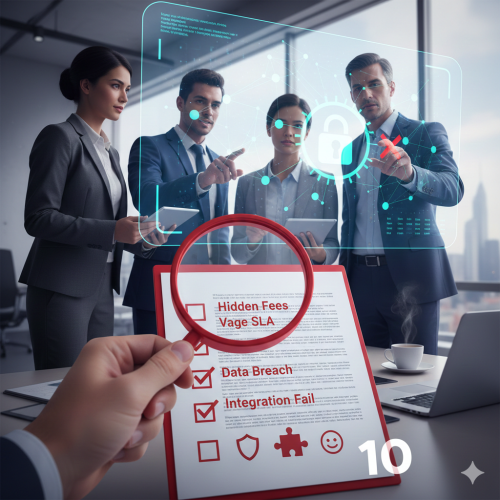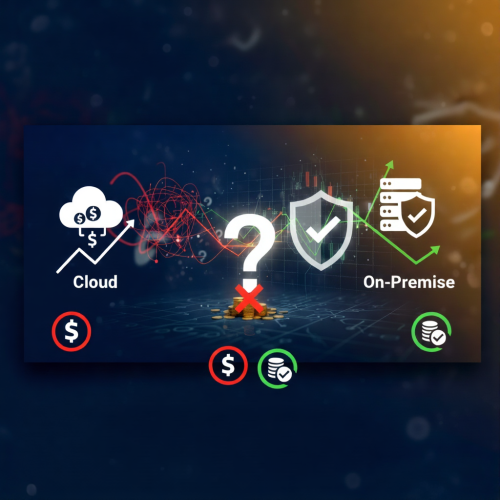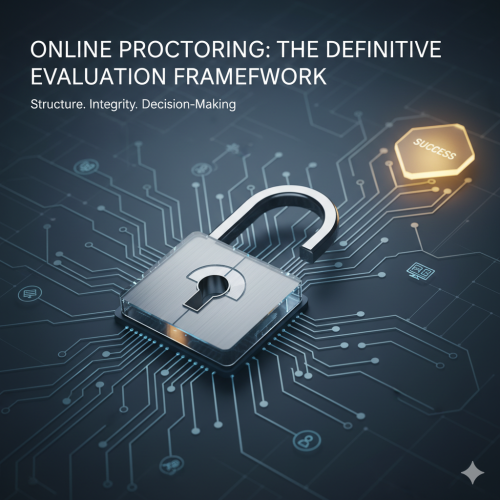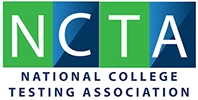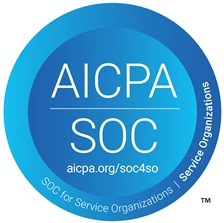As the world of education continues to evolve, higher learning institutions are being challenged to innovate in ways that better align with the growing needs and expectations of students. Colleges and universities are rapidly transforming their education models, with many embracing remote and hybrid models as a direct response to the digital revolution and the COVID-19 pandemic. Amidst this metamorphosis, one area that requires urgent attention is the mode of administering student exams. As we pivot towards a future where remote learning becomes increasingly prevalent, college test centers need to adopt a hybrid model for delivering exams both in-person and online as the new reality.
Testing Services departments have always played a crucial role in maintaining academic integrity and ensuring a fair and equitable testing experience for students. However, the shift towards remote learning poses significant challenges to these traditional exam administration methods. While tools like Zoom have been used as quick fixes, they are not permanent solutions due to limitations in scalability, security, and test session management.
Testing Services personnel are crucial to Higher Ed.
To some, the sense is that college testing centers and the professionals who run them can just fade into obscurity. But this is not the answer. Testing professionals play an important role in the academic careers of students that extends beyond just checking students into a test center and watching them for impropriety. The credibility of many of the most important exams a student will take during their college career hinges upon the trust and security that comes with how those exams are administered. And for that to endure, Testing Services departments must remain an active, well supported, and well integrated part of every higher learning institution.
The answer is to evolve. With the increase in online courses, it's time for Testing Services departments to find real, robust technology solutions that allow them to uphold their commitment to fairness, academic integrity, and student success in this new reality.
Why a Hybrid Model?
A hybrid model, which combines in-person and online exam administration, provides a flexible, efficient, and inclusive solution that caters to the diverse needs of the modern student body.
- Flexibility: This model supports students who are learning remotely, part-time, or those juggling work, family, and school, by providing them the opportunity to take exams in a manner and at a time that is most convenient for them.
- Efficiency: From an administrative perspective, an effective online exam system can simplify processes such as grading and score distribution, making the entire process more efficient.
- Inclusivity: The hybrid model also embraces inclusivity by allowing students who may be physically unable to attend in-person exams (due to disability, illness, or distance) to take their exams in a comfortable and conducive environment.
The Need for Better Technology
Developing an effective hybrid model requires testing centers to embrace new technology. The online component needs to guarantee the same level of security, integrity, and reliability as in-person exams, and it needs to provide an efficient and effective way to manage the testing process online. This calls for a comprehensive online proctoring solution that goes beyond simple video conferencing tools.
The ideal remote proctoring solution should include features such as:
- Artificial Intelligence (AI): Advanced proctoring software can use AI to monitor and detect unusual behavior during the test, and alert a live proctor to potential incidents, ensuring integrity.
- Scalability: The system should be capable of handling large volumes of students simultaneously, without technical glitches or slowdowns.
- Security: Enhanced cybersecurity measures need to be in place to prevent any form of cheating or data breaches.
- Test Session Management: The platform must provide administrators with robust control over the test session, allowing them to monitor, control, and report on each session effectively.
- Multi-camera Testing Options: A view from a single webcam and screenshare may be sufficient for many tests, but some exams have higher stakes, and test proctors need the option to require a second camera for these exams that can see more of the student's testing space.
- Registration and Scheduling Tools: Any Testing Services department that truly wants to adopt a hybrid model is going to need an easy, automated way for students to register for and schedule their exam sessions. This not only reduces the workload for test center personnel, but it will also help them manage proctor availability by knowing just how many sessions are scheduled on any given day.
The hybrid model of exam delivery is more than just a response to current circumstances; it is a progressive move towards a more inclusive, efficient, and flexible educational future. As such, colleges and universities need to get behind Testing Services departments and support their transformation to a model that will continue to uphold the integrity of their institutions. College test centers need to embrace these changes, invest in robust technology solutions, and adapt their strategies to maintain their crucial role in student testing experiences. The shift may not be easy, but the rewards of creating an accessible and equitable testing operation online for all students are worth all the effort.
